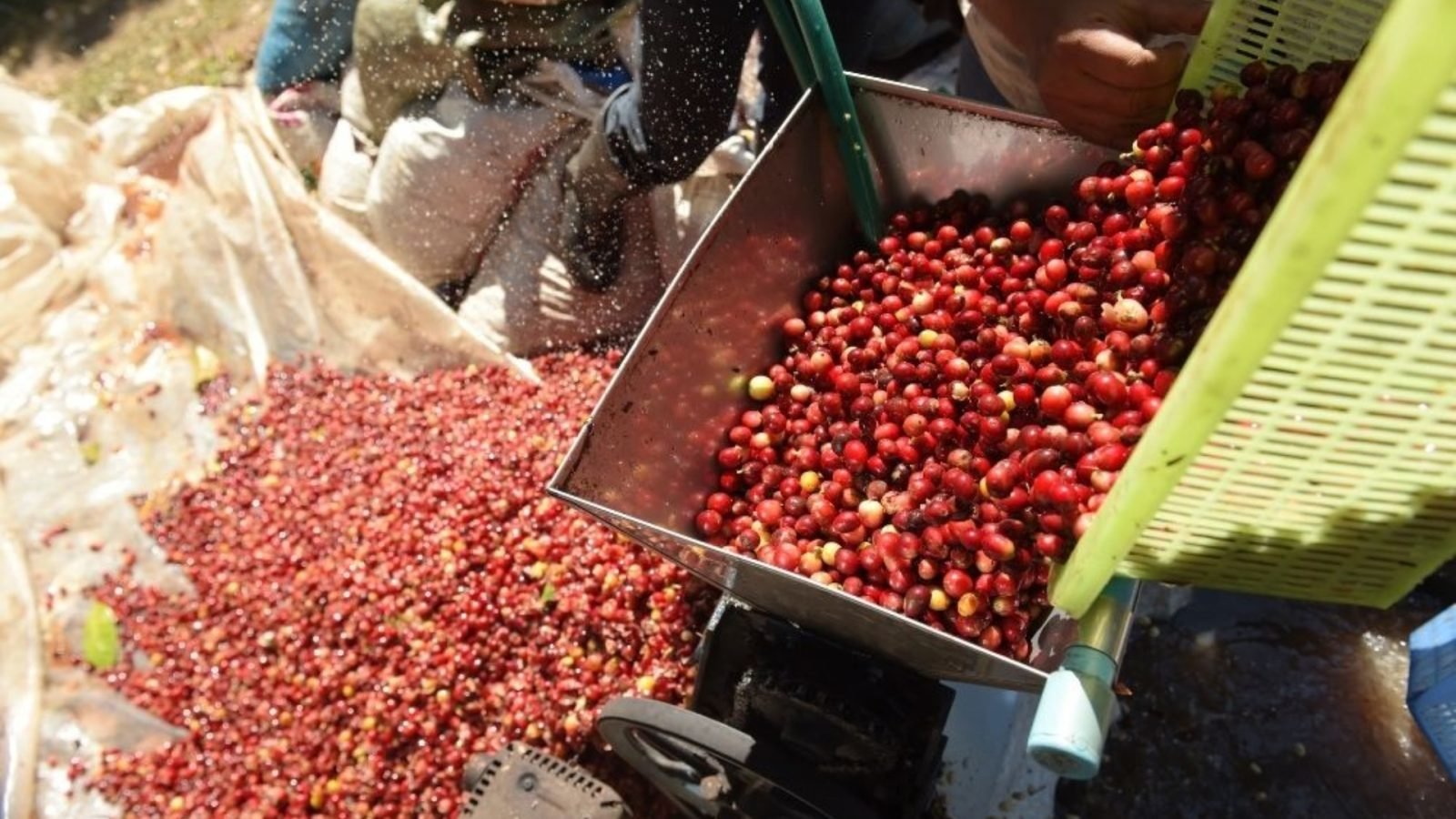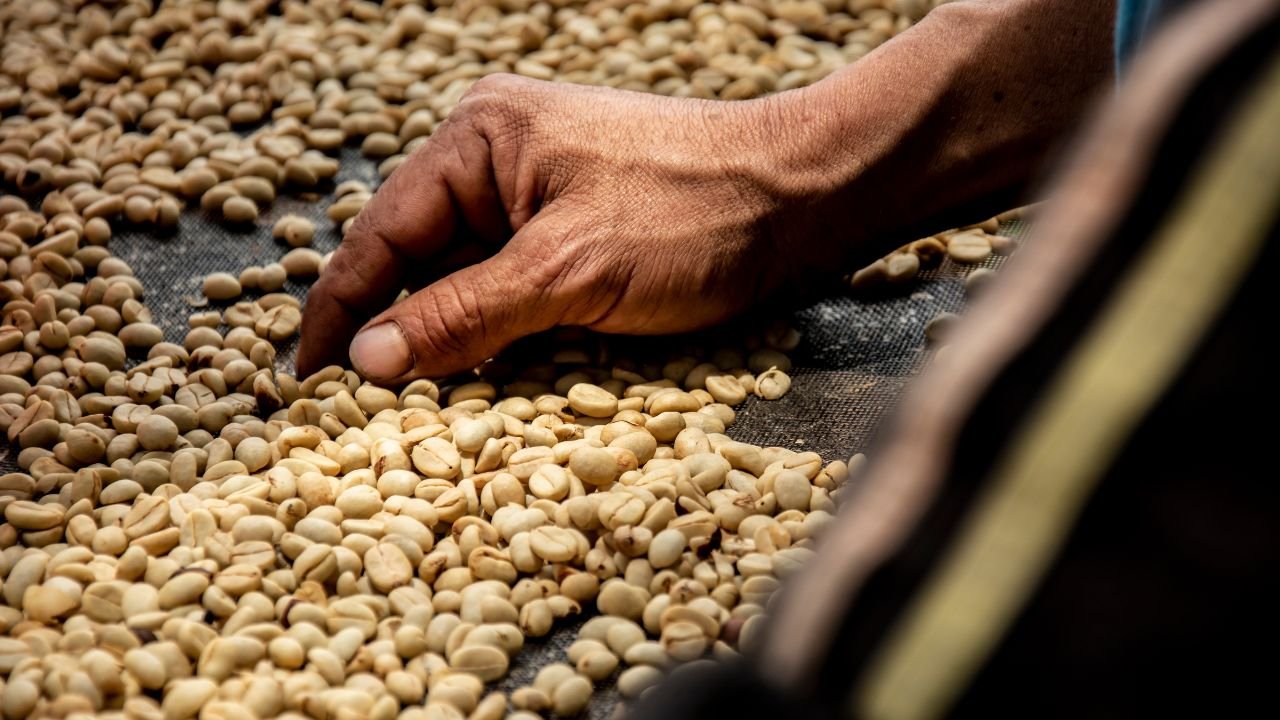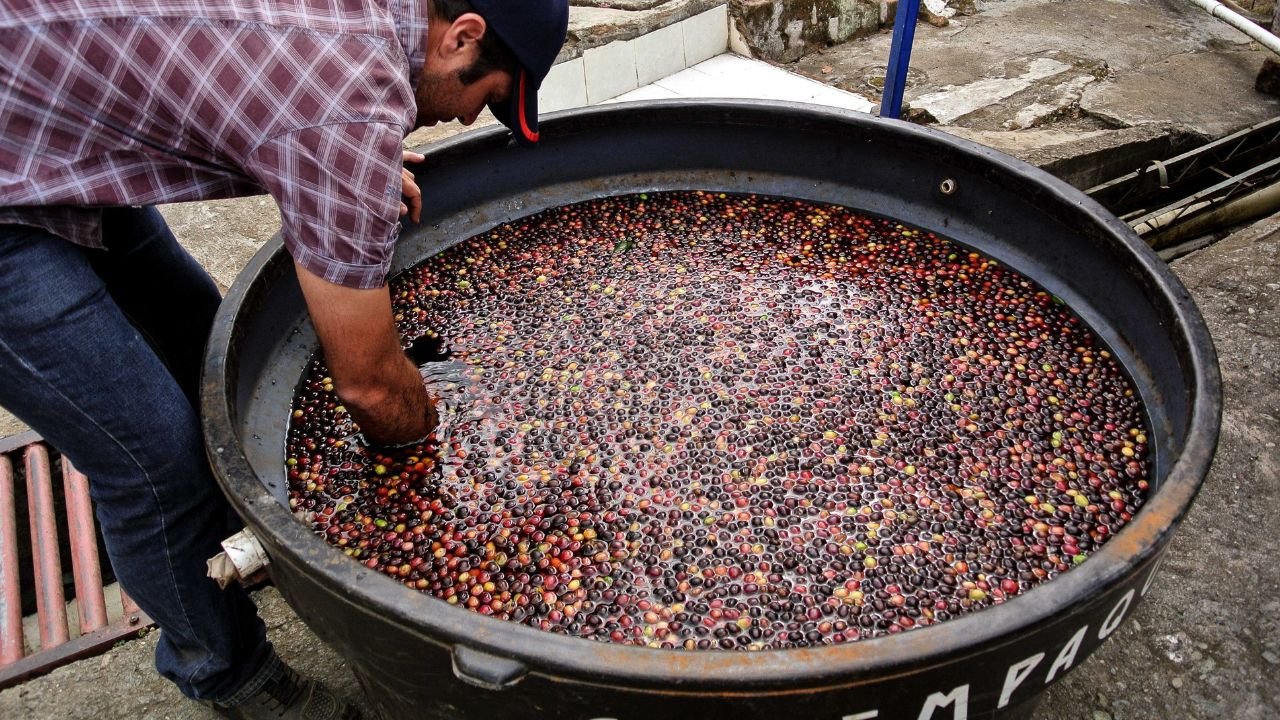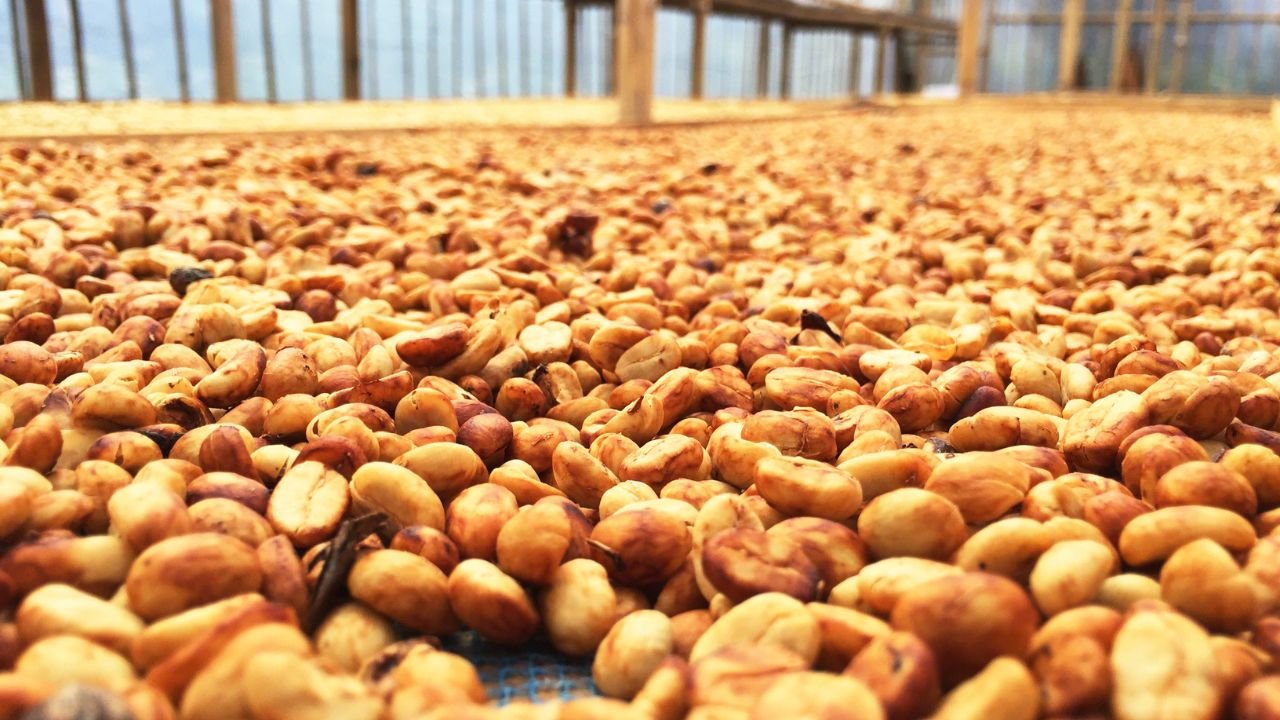From Trees to Your Cup: 3 Types of Coffee Processing Methods

Your cup of morning joe must go through several steps from harvest to your grinder and coffee machine. The second step is coffee processing, which transforms the cherries into dried beans, ready to be roasted. There are three types of coffee processing methods used around the world: natural (dry process), washed (wet process), and honey (pulped natural).
Depending on where the coffee processing spot is located, there might be one more method: semi-washed (wet-hulled). All these methods have one similarity: they are used to separate the coffee beans from the cherries. Coffee farmers must apply the correct method carefully since processing affects coffee beans’ flavor profiles.
What are those 3 types of coffee processing methods?
Also Read: 8 Types of Coffee Beans in Indonesia, Unique & You Must Try!
Table of Contents
Natural Processing Method (Dry Process)

Natural processing is a traditional method that was first practiced in Ethiopia, where coffee was first cultivated. In this method, coffee cherries are dried naturally under the sun, with their seeds still inside. While it is the oldest method of processing coffee, it is not a popular choice for producing high-quality beans.
Coffee cherries are placed on a drying platform, such as a raised bed, a table, or a patio. The process lasts around three to six months, and farmers occasionally rake the cherries to keep them from spoiling. The process makes mucilage and sugars latch on the beans, giving them a unique, sweet flavor profile.
Advantages
- The process is cheap and easy
- Creates natural sweetness in the coffee beans
- Perfect for producing coffee beans with low acidity
Disadvantages
- The process depends on weather and other natural elements
- The drying process may not be uniformed
- Different daily temperatures can affect the flavor profiles
- Associated with low-quality or cheap coffee
Coffee with a full body and subtle fruity flavor, such as Hawaiian Kona, usually results from a natural method.
Washed Processing Method (Wet Process)

The washed processing method is the most popular one in the world of commercial coffee. Farmers must choose coffee cherries with specific ripeness and process them within 24 hours after harvest. They separate the seeds using a process called “depulping” before putting them into a large water tank to be washed clean. Afterward, the seeds are dried under the sun.
This process is used to produce coffee beans of higher quality. The extra steps ensure a crisper flavor profile compared to the traditional drying method. The wet process is popular for high-grade coffee beans, especially Arabica.
Advantages
- Better coffee beans quality as a result
- Crisper flavor profile
- Faster processing time
- More homogenous results in the bean processing method
Disadvantages
- Requires extra costs for water, water tank, and other additional facilities (compared to traditional processing method)
- Creates more waste
- The improper method can cause excessive sourness in coffee beans
This method usually produces coffee with a light, crisp, and bright flavor profile. A lot of varieties from Central America have these characteristics.
Also Read: Wet Hulled Coffee Process: Unique Technique from Indonesia
Honey Processing Method (Pulped Natural)

The honey processing method is more complicated, combining elements in natural and washed methods. The goal is to create coffee beans with the best characteristics from both methods. The word “honey” refers to mucilage, a sticky cellulose layer with a natural sweetness that covers coffee seeds.
In this method, farmers harvest coffee cherries with specific ripeness before putting them in a “depulping” machine, like in washed method. However, instead of putting the beans into a water tank for washing, farmers let the honey layer stays on the beans. Afterward, they dry the beans under the sun, like in the natural method.
When using the honey processing method, the naturally-sweet layer affects the flavor profile of the beans. The results are coffee beans with more complicated flavor profiles, with a clean body and prominent acidity, balanced with mellowness and natural sweetness.
Advantages
- Costs are lower than the washed processing method
- Creating more complicated flavor profiles in beans
- Retaining the coffee beans’ natural sweetness
- More environmentally friendly (no water tank and minimum waste)
Disadvantages
- The coffee quality depends on the weather and other natural elements
- The improper humidity level can spoil the beans
- The harvest quality affects the final flavor profile of the coffee
Coffee beans processed with honey may appear white, black, yellow, and red. The colors represent the amount of mucilage removed. The darker the color, the less layer removed, which means the black beans have a more complex flavor profile.
Also Read: Be The Master! 4 Coffee Roasting Levels Chart: W/ Image & Guide
Conclusion
Bringing coffee beans from harvest into your cup requires several steps, and types of coffee processing methods is vital. Farmers in the past mostly used natural methods, which only required drying and manual raking. However, the washed method adds a washing process to ensure crisper, brighter, higher-quality coffee. Meanwhile, the honey processing method keeps the cellulose layer on the seeds to maintain the natural sweetness before they are dried under the sun.
While each method has advantages and disadvantages, they offer unique characteristics of coffee flavors. The most important thing is ensuring that the harvested cherries have the best quality and the perfect level of ripeness. Such high-quality cherries will create the best coffee, regardless of the type of coffee processing methods used.











